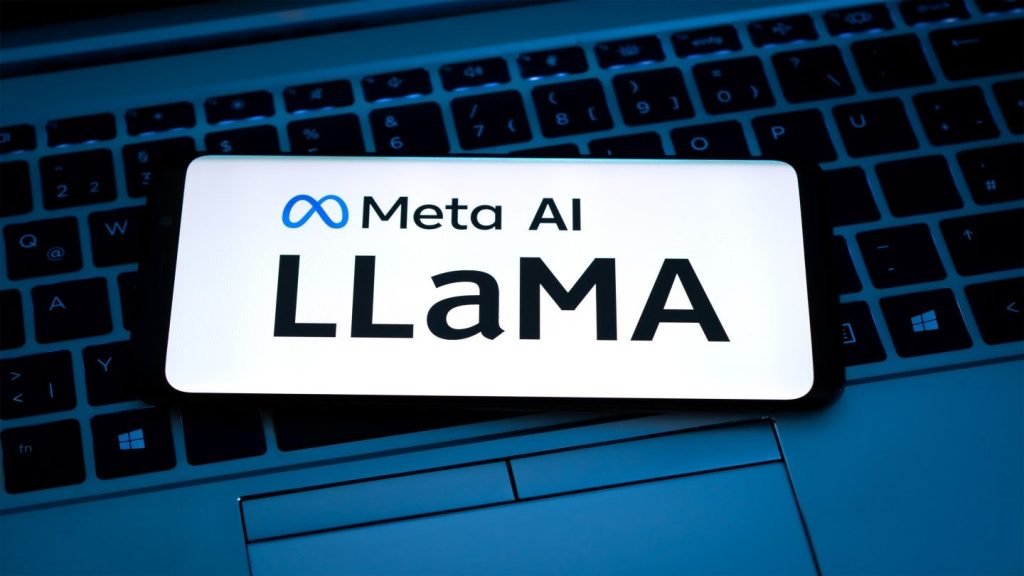
Meta is making its open source Large Language Model Meta AI (Llama) model available to US government agencies working on defence and national security applications.
Llama is a foundational large language model developed to support researchers in progressing their work within this area of AI. These models are made available as open source, allowing developers, companies, and governments to freely copy, modify, and distribute the technology.
The company is collaborating Accenture Federal Services, Amazon Web Services, Anduril, Booz Allen, Databricks, Deloitte, IBM, Leidos, Lockheed Martin, Microsoft, Oracle, Palantir, Scale AI, and Snowflake to integrate Llama into government operations.
IBM is introducing Llama to national security agencies through its watsonx solution, which allows the model to operate in self-managed data centres and clouds.
Oracle is leveraging Llama to streamline aircraft maintenance, enabling technicians to diagnose issues more efficiently.
Scale AI is customising Llama for national security teams to aid in operational planning and identifying vulnerabilities.
Lockheed Martin has integrated Llama into its AI Factory, expediting code generation, data analysis, and business process enhancement.
Amazon Web Services and Microsoft Azure are using Llama to provide secure cloud hosting for sensitive government data.
These partnerships underscore the importance of open-source AI models such as Llama in national security and the broader aim of establishing US leadership in AI.
Large language model’s capabilities in data processing and insight generation are poised to improve logistics, counter-terrorism financing, and cybersecurity.
Furthermore, Meta said that its collaboration with the US State Department promotes safe, reliable AI systems to address challenges such as clean water, reliable electricity, and supporting small businesses.
Separately, the US Department of Defense has granted Hughes Network Systems a $6.5m contract to create an Open Radio Access Network prototype at Fort Bliss, Texas.
The project is a joint effort involving the US Army, DoD CIO, and OUSD(R&E).
This 5G Open RAN system will initially support a temporary evaluation network before integrating into Hughes’ commercial network for both DoD and commercial users.
Open RAN promotes interoperability and innovation, offering benefits such as enhanced functionality and cost savings for DoD networks.
DoD CIO Command, Control, & Communications Anthony Smith acting deputy chief information officer said: “The DoD CIO will continue to prioritise the deployment of Open RAN architectures and 5G across the Department, leveraging these information communications technologies for strategic warfighter advantage.”









